In this series, I have previous talked about the Sony R1 and Sony a700, in this review, we look back at the Sony NEX-7
Back in 2010, Sony were still committed to their inherited SLR mount, they had supplemented their APS-C a700 DSLR with full frame a900 and a850 models.
This didn’t stop them from releasing a new range of cameras, which they called NEX. These were aimed at compact camera users who wanted to move to a more capable camera and also at the enthusiast photographer who wanted something more compact than their dSLR.
From a cynical point-of-view, it was also an attempt to get in near the ground level on the mirrorless camera market that Olympus and Panasonic had introduced two years earlier. These cameras were tiny, had interchangeable lenses and relied on composing using the rear LCD screen.
In late 2011, the second round of releases of NEX cameras introduced the high-end NEX-7, featuring more controls and an electronic viewfinder.
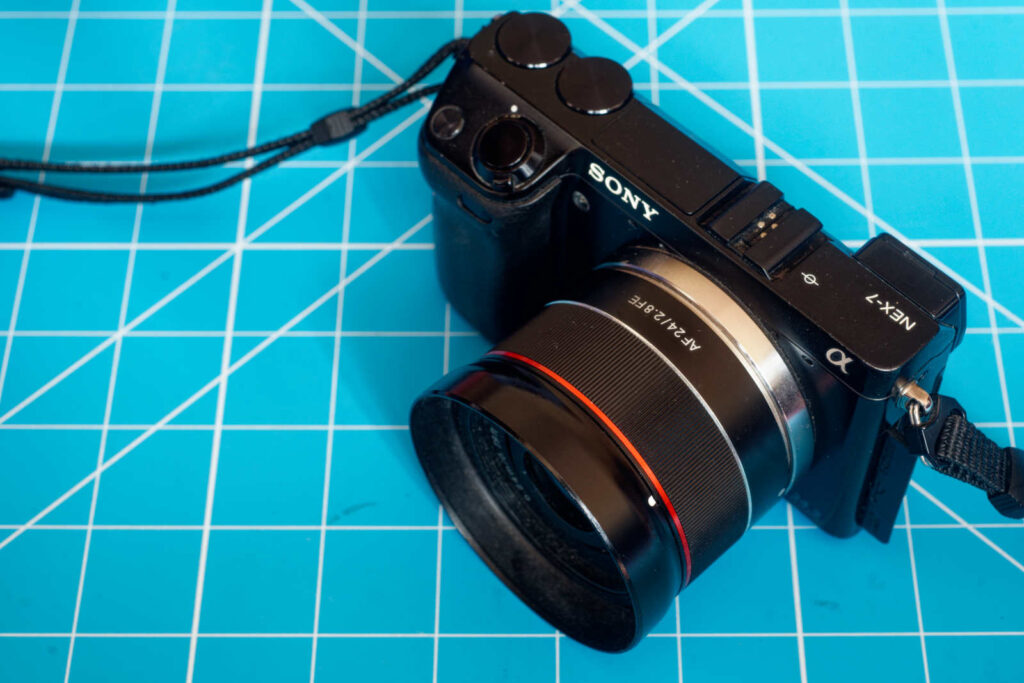
Mirrorless
Ever since digital technology appeared, people had been looking for ways of putting a digital sensor in place of the film in existing analogue cameras. Over the years, there were various false dawns (such as ‘Silicon Film’). In truth the problems of synching the shutter with sensor capture and the extra depth required behind a digital sensor, allied with lack of standardisation across the film chambers of film cameras made adaptation of old bodies hideously complicated (and to some extent unsatisfactory). However, a mirrorless camera (such as Micro 4/3rds or a NEX body) enabled you to use a dumb adaptor to connect your analogue glass and get accurate focus via magnified views or focus peaking.
The Sony NEX-7 (continuing the association of a high end camera series with the number 7), gave a high-resolution APS-C sensor combined with a 2.4M dot EVF. The viewfinder had overlays and focus peaking to aid manual focus. Moreover, because it didn’t have to have the sensor at the very back of the camera to accommodate a mirror box, it could be quite tiny for a digicam with such a large sensor.
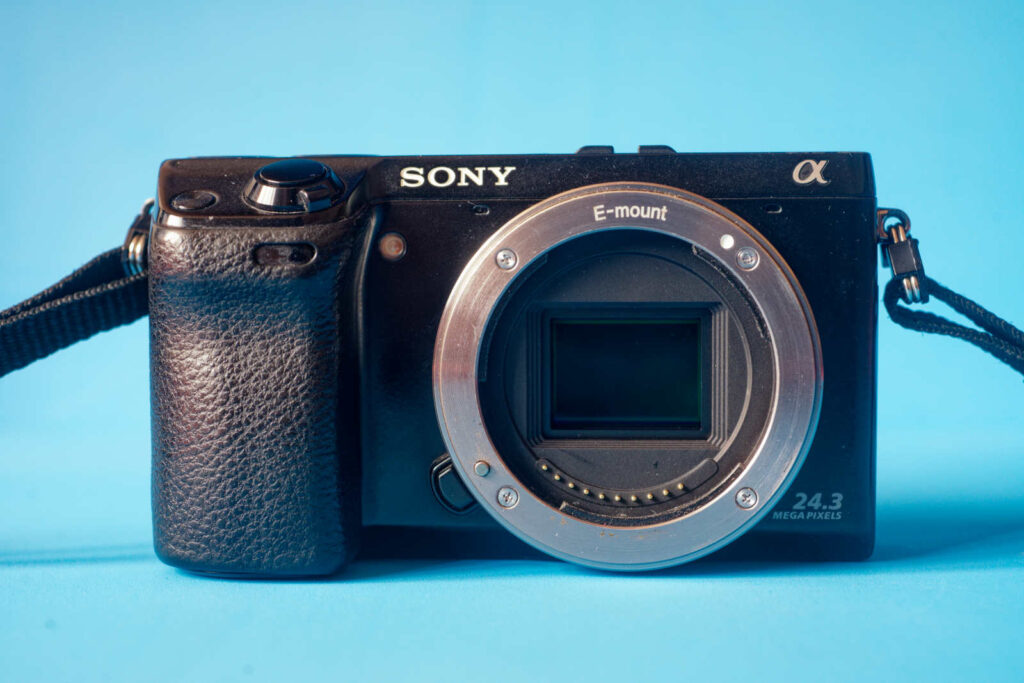
For APS-C an electronic viewfinder has some side benefits. With an SLR viewfinder the screen can only be as big as the sensor and you need to use magnifying optics to make the screen fill the viewfinder. With an EVF you can make the panel itself any size you like.
Specifications
In contrast to the a700 with its separate knobs and dials, the Sony NEX-7 has a highly modal set of controls. It had three control dials, all on the back of the camera. Like the DSC-R1, it reintroduced a vertical control dial on the rear of the camera, combined with two unmarked control dials on the top rear surface. Other buttons are left for the user to allocate as they wish through the menus.
Optics
While the majority of E-mount lenses Sony had produced for the NEX-3 and NEX-5 up to that time tended to be ‘lower-end’, the relatively open licensing structure meant that other companies were able to produce their own E-mount lenses. Some companies seemed suspicious of the concept of such an open licence, which seemed to go against previous practice. Sigma produced three E-mount AF lenses around this time, which were reported to be developed using their usual ‘reverse-engineer’ process rather than by using the licence. There were also dumb adapters to mount just about any lens, including screw and M-mount Leica lenses.
On top of this Sony produced adapters to enable A-mount lenses to be mounted on E-mount cameras (although the size difference could sometimes look more than a little odd). The initial adapters were the LA-EA1 (for A-mount lenses with internal motors) and the LA-EA2 (for screw drive lenses). Both of these adapters were designed for APS-C cameras with the LA-EA2 having built-in phase-detect AF sensors for faster autofocus. These adapters were later superseded by the LA-EA3 and 4 adapters, which were sized to cope with full frame sensors as well as APS-C.
Sensor
The sensor used was the same as in Sony’s new a77 camera (the SLT replacement for the a700). The Sony NEX-7 actually had an advantage over the a77, as that camera lost about 1/3 of a stop of light to supply focus information to its phase-detect sensors. At 24MP the sensor provided just about all the resolution anyone could expect at the time. The sensor was also able to output HD video in a variety of formats and Codexes.
The Sony NEX-7 sensor gets a bit crazy with continuous drive. It will shoot at 3fps with full autofocus, but in speed priority mode (no focus after the start of the burst) it will manage 10fps, which was rather fast for the time (and is not exactly a slouch by modern standards).
All of which seems a long way from the sensor capabilities of the DSC-R1.
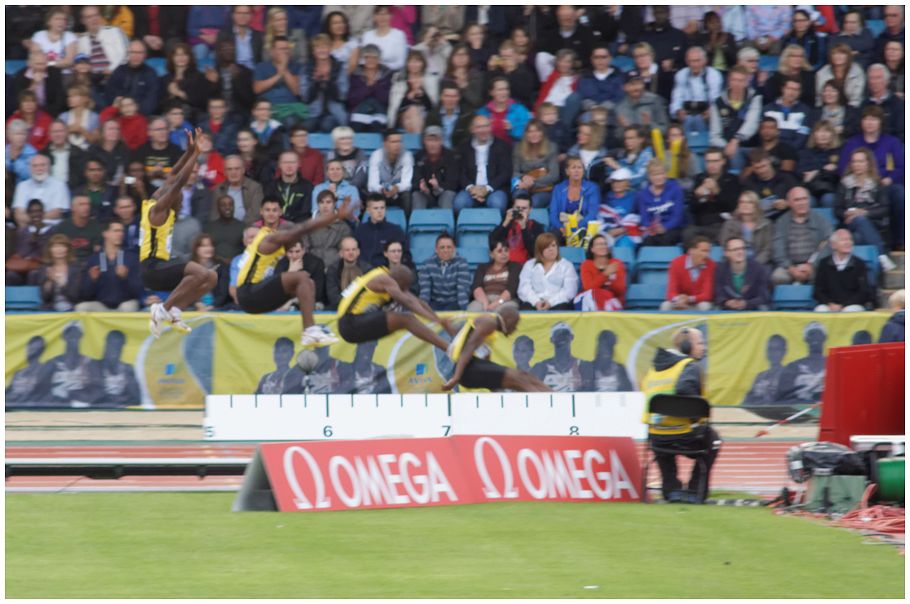
Shutter
The Focal-plane shutter used was capable of speeds up to 1/4000 of a second. Due to the need to draw a signal from the sensor for the viewfinder, the conventional mode of the shutter required it to close, re-open for the exposure and then close again, before re-opening to supply the viewfinder. That is a lot of shutter operations for just one exposure. The alternative offered was an electronic first curtain, which started exposure from a set point, and then used the shutter to end the exposure, meaning that the shutter only needed to close and then re-open again. the effect of one curtain effectively at the plane of the sensor and one a bit in front can give some unusual bokeh effects but has generally been viewed as quite an acceptable compromise ever since.
Viewfinder
EVFs are a marmite thing. I do love a good optical viewfinder, but the Sony NEX-7 viewfinder won me over. It is of high enough resolution that it doesn’t look lumpy 12 years on. It offers focus peaking (a boon to those using it with manual focus lenses and gives a whole host of overlays, including grids, histograms, shooting info and a digital spirit level. It also had the advantage of weaning me off chimping after taking a shot – after all I’d just seen the exposure settings and focus in the viewfinder.
Auto Focus
Here I have a confession. I bought the Sony NEX-7 mainly to use with manual focus lenses. In the 12 years I’ve owned e-mount gear, I’ve only actually had two E-mount lenses, although I’ve also used the LA-EA adapters to use A-mount lenses on the NEX-7 (and the A7ii I picked up some years later). In general, the NEX-7, which relies upon contrast-detect AF, focuses reasonably quickly and reliably, even when using an A-mount AF lens with a built-in motor. The LA-EA4 adapter, which I also have, has its phase detect sensors and screw-drive motor and it is also very prompt.
Layout
The Sony NEX-7 is a small camera. The opportunity was taken to make the whole thing no bigger than it strictly needed to be. Perhaps because of this (and the fact that the E-Mount lens system included optical stabilization on certain lenses), the camera did not feature IBIS.
The Sony NEX-7 adopts what has come to be termed a ‘rangefinder’ layout. Instead of having a viewfinder at the approximate centre of the camera, above the lens, it has an electronic viewfinder in the top left-hand corner of the back of the camera. If you are right-eyed, this means that your nose stays away from the back of the camera. If you are left-eyed, you are no better off. Cameras with this layout, tend not to be equipped with vertical grips.
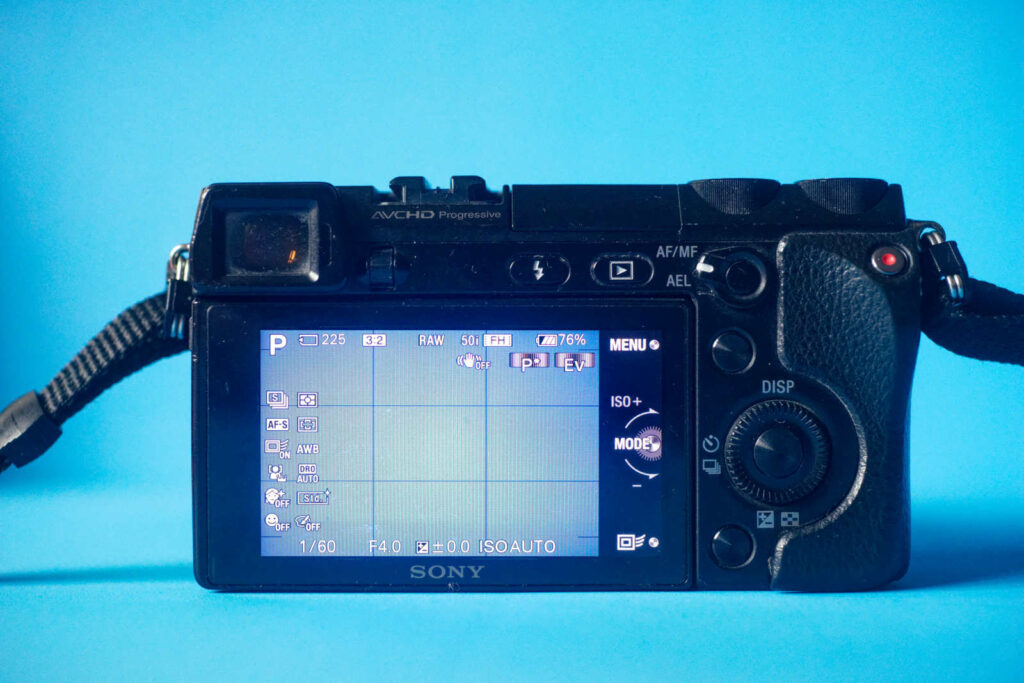
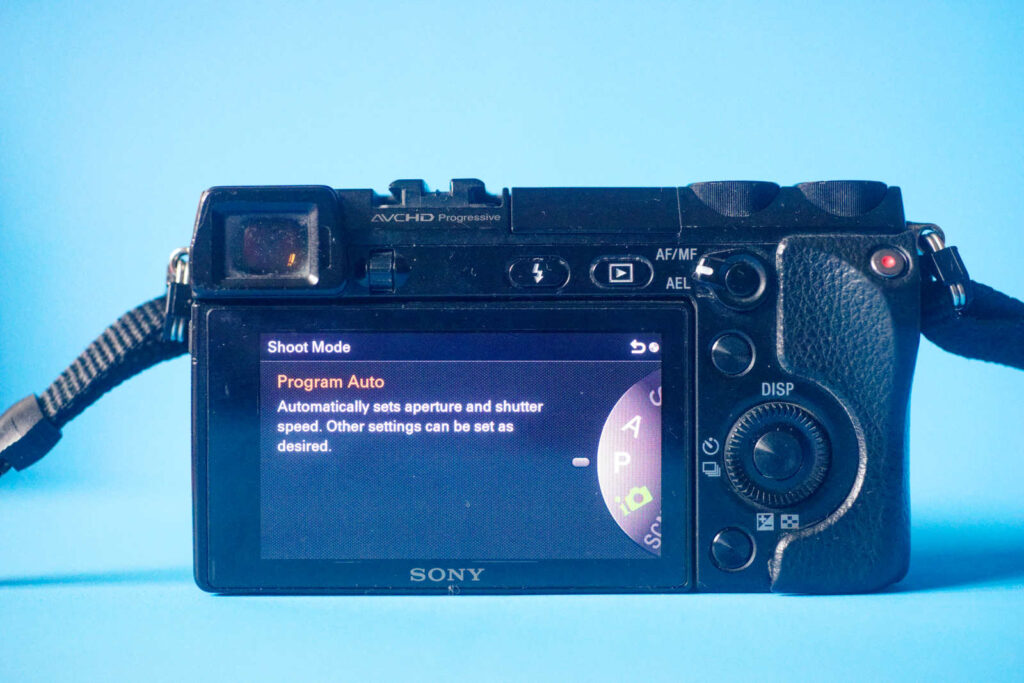
In contrast to the a700 with its separate knobs and dials, the Sony NEX-7 has a highly modal set of controls. It has three control dials, all on the back of the camera. Like the DSC-R1, it reintroduced a vertical control dial on the rear of the camera, combined with two unmarked control dials on the top rear surface. Other buttons are left for the user to allocate as they wish through the menus.
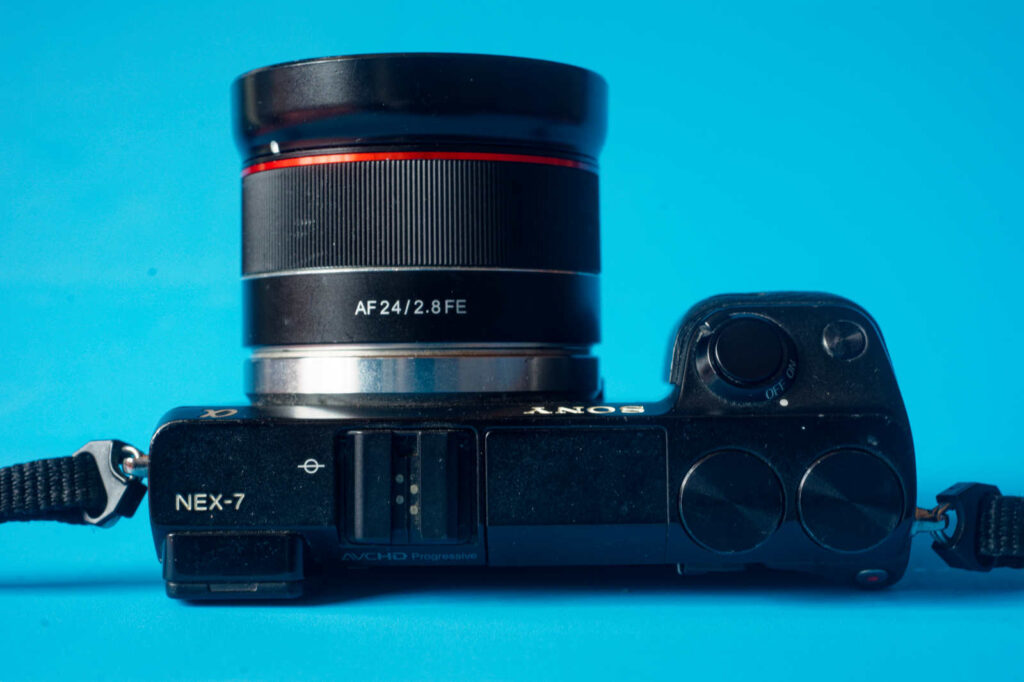
The camera body is barely deep enough to accommodate the iISO flash shoe. This sits right next to the tiny articulated pop-up flash. The rest of the top of the camera is taken up with the two top control dials, the shutter release, which is surrounded by the power switch and a custom button, which can be assigned as you wish.
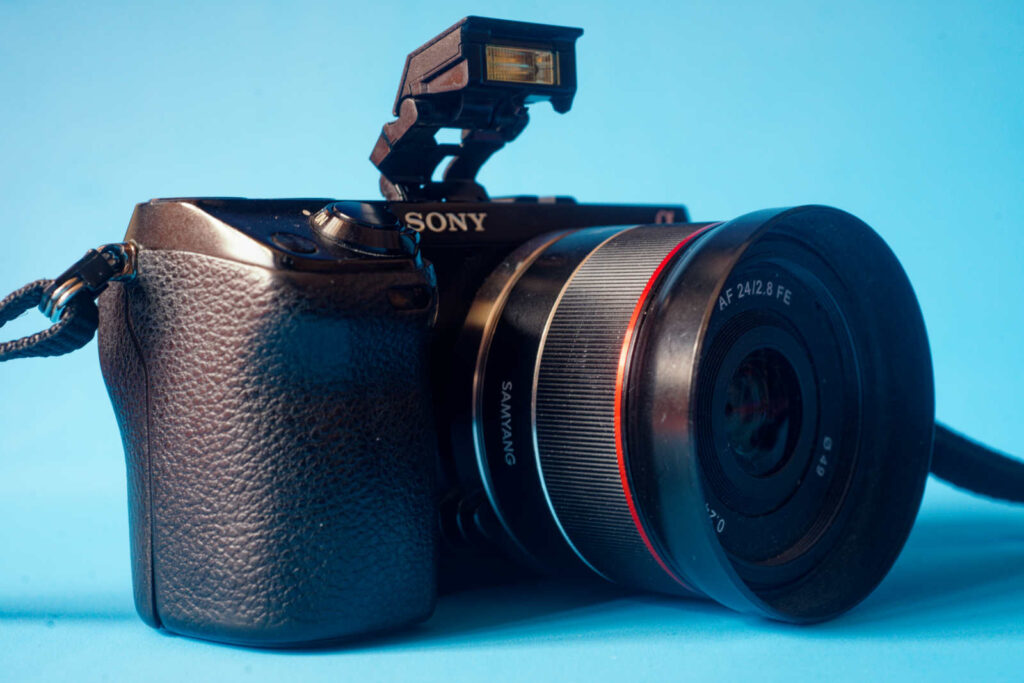
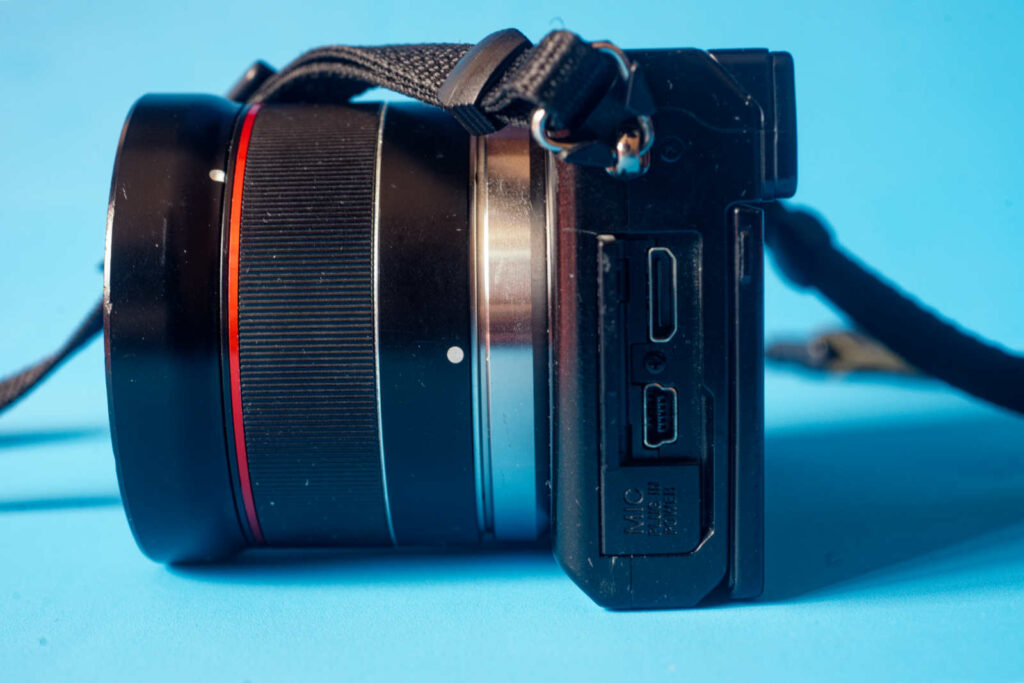
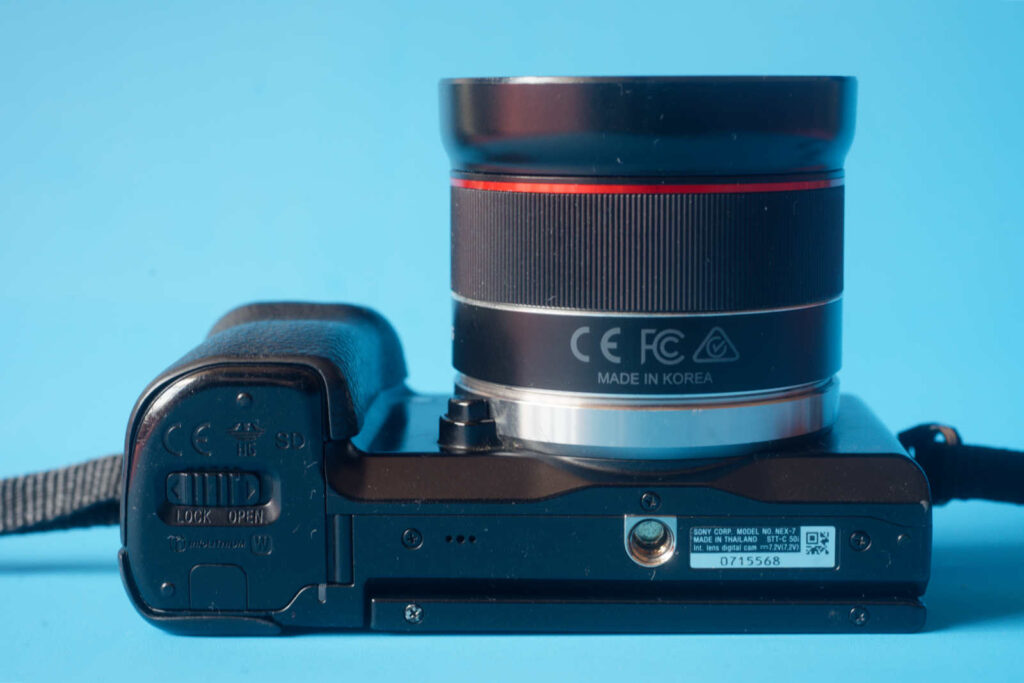
Unlike the R1 and the a700, the Sony NEX-7 only has a single card slot, although it can take two types of card. One way around it will take a little Memory-Stick Duo card, while the slot has connections for SD cards on the other side.
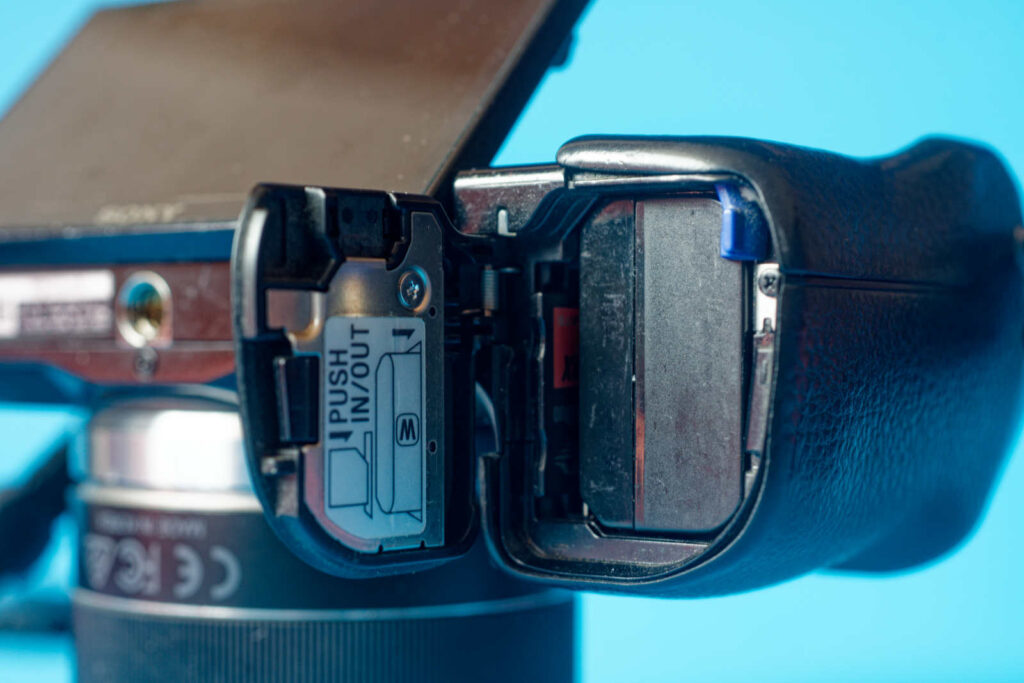
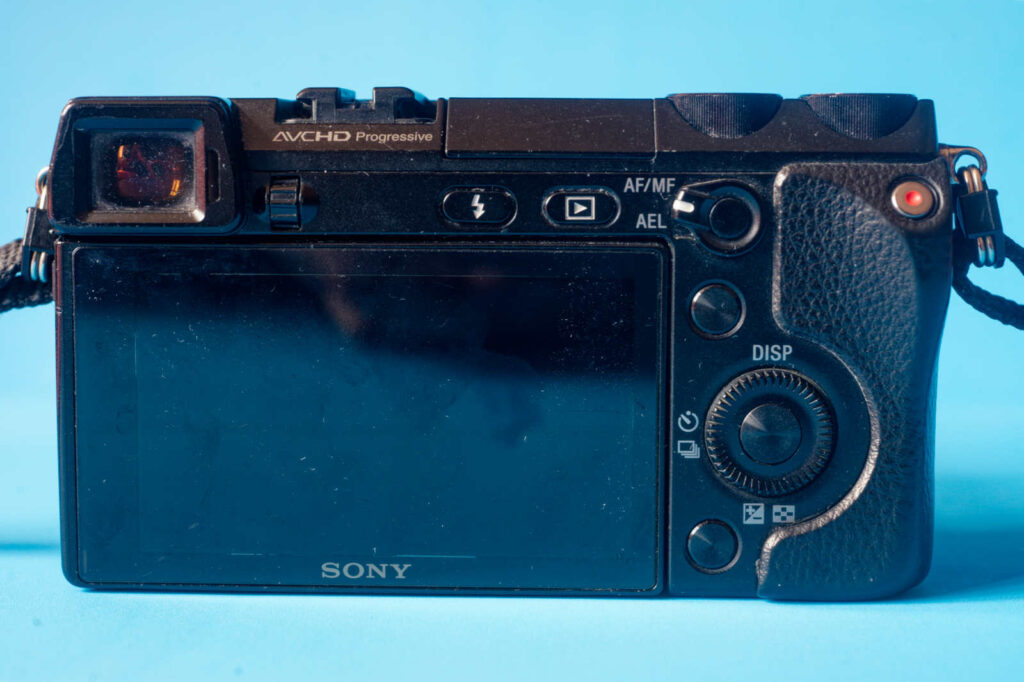
Problems and limitations
Menus
Sony gained a bit of an unwanted reputation for its camera menus. This is largely unjustified, but I think stems mainly from the NEX cameras. The menus on the Sony NEX-7 are, I have to admit, pretty impenetrable. I have owned this camera for over 12 years. After the first 6 months searching to see if a particular setting was under Camera or setup, or hidden under one of the other four menu classes, I settled for assigning the functions I wanted to use to individual buttons and leaving the menus well alone.
Wear and tear
The anti-reflection coating on the rear LCD is not robust. I didn’t put a screen protector on mine and it looked really ugly for 18 months until all of the coating had worn off. Now it looks fine and I don’t have a problem with reflections on the screen. In addition, the rubber grip on the right rear of the camera tends to come away and needs regular applications to glue to keep it in place.

The clip-on eyecap just gets in the way and makes the camera far deeper than it needs to be. Mine has been detatched for most of the last 12 years.
Compared to the a700
Capability-wise the Sony NEX-7 can do most stuff that the a700 can do. It doesn’t have IBIS (at the time people were skeptical that E-mount would ever be capable of supporting IBIS), which is a loss. Even though the a700 only gives 2-3 stops of stabilization, those 2-3 stops are pretty important ones, enabling hand-holding of a 500mm lens at 1/125 or a 28mm lens at 1/8.
One key advantage of the Sony NEX-7 is that you can attach just about any interchangeable lens to it. I’ve used lenses from such exotics as the Contax G (the ‘dumb’ adapter includes a focusing ring), and Pentax auto 110, along with classic Zuiko and Rokkor lenses. It should also be noted that autofocus on the NEX-7 is not as quick and certain as on the a700 (unless you are using an A-mount lens with the LA-EA2 or 4 adapters) as it relies on contrast detection.

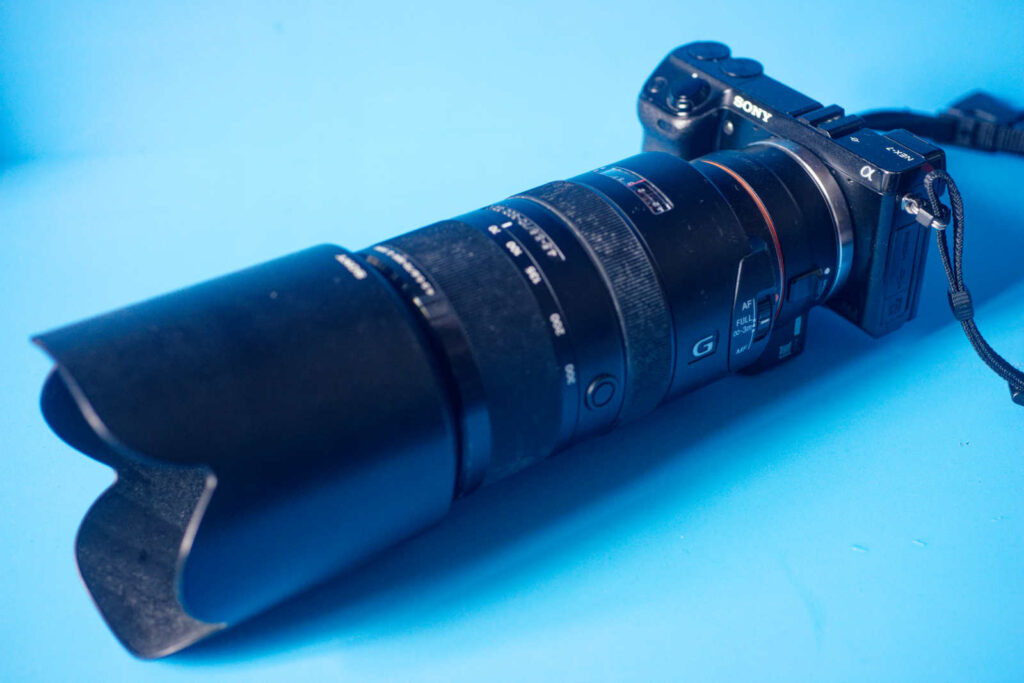
The size (a definite asset for the Sony NEX-7) does rather mandate the modal interface – it is a price to pay, as I miss my dedicated controls. Together the a700 and NEX-7 make a rather good pairing.
Pictures
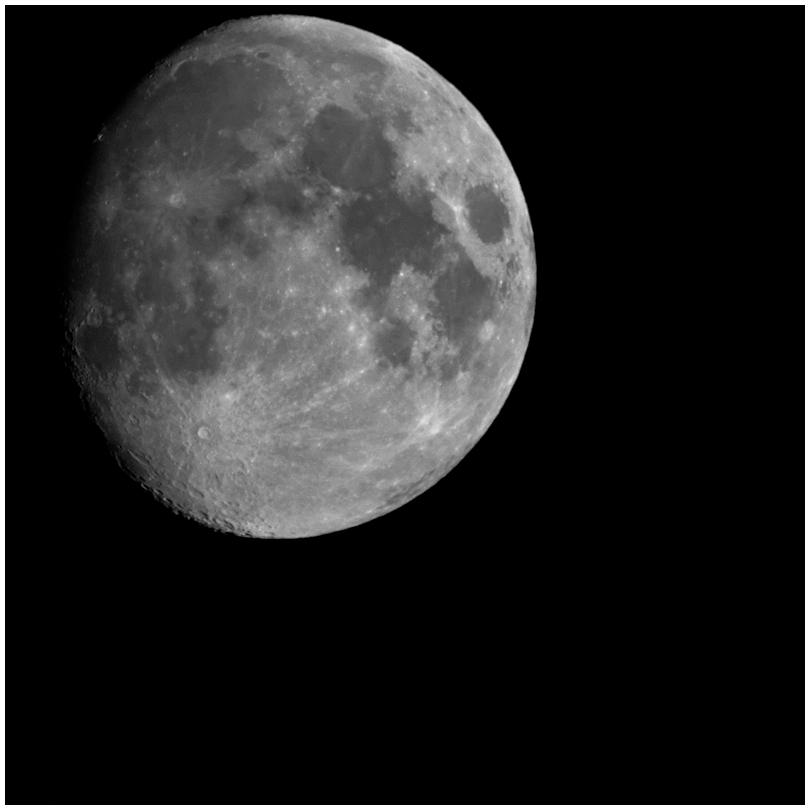
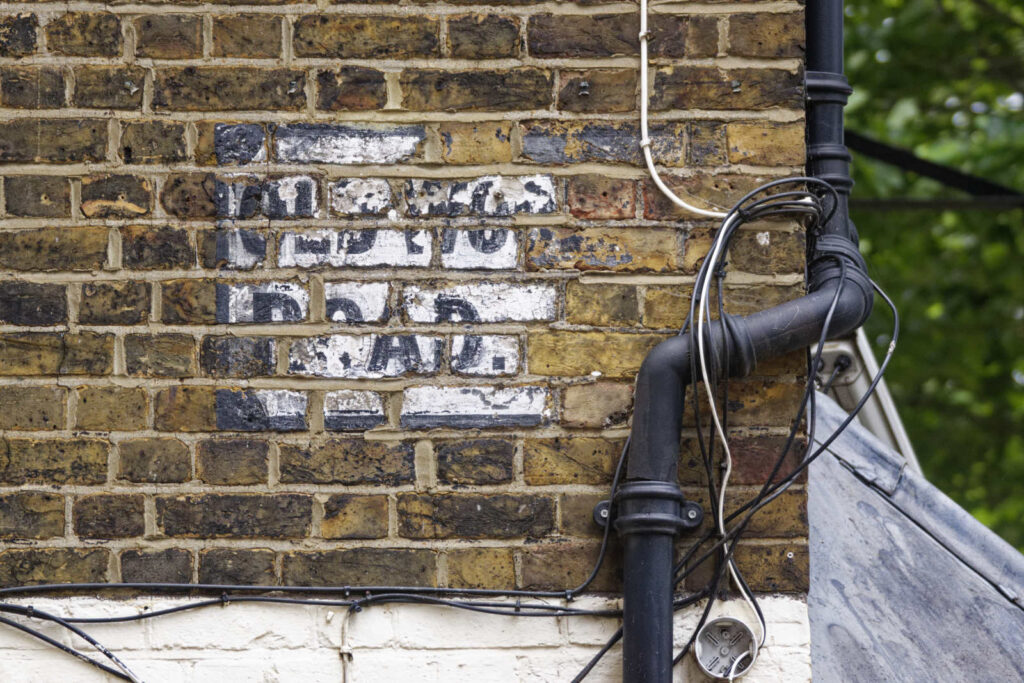
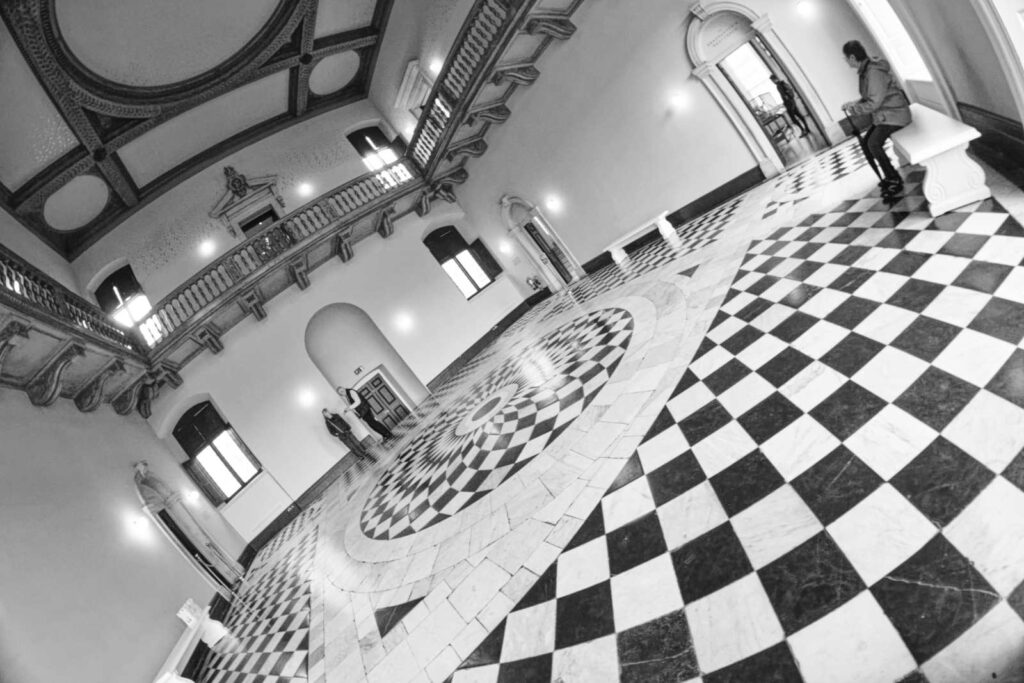
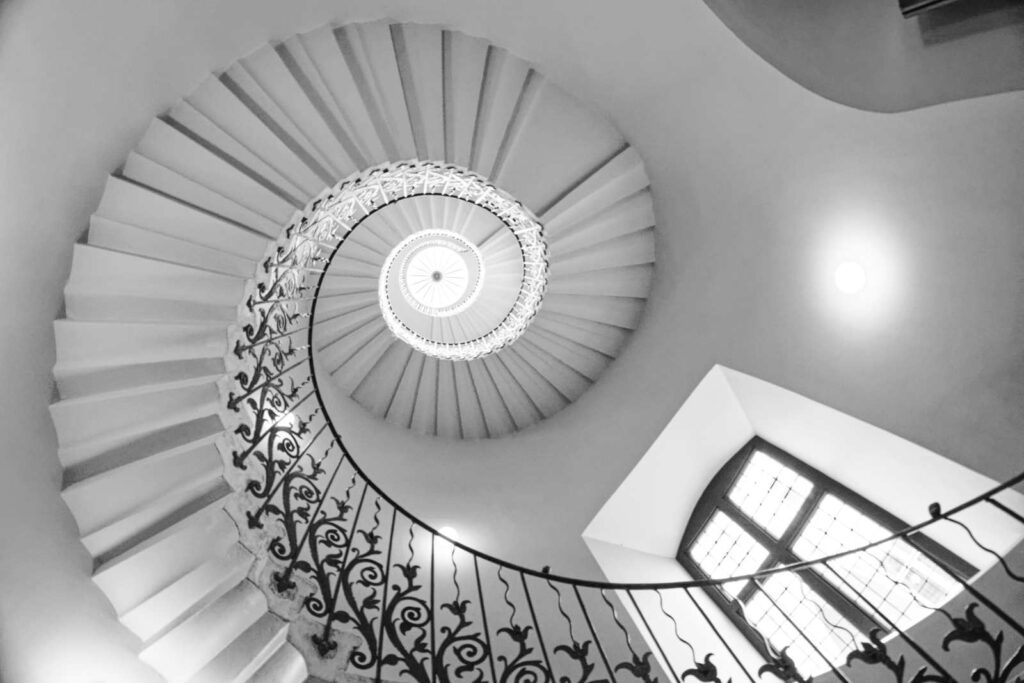

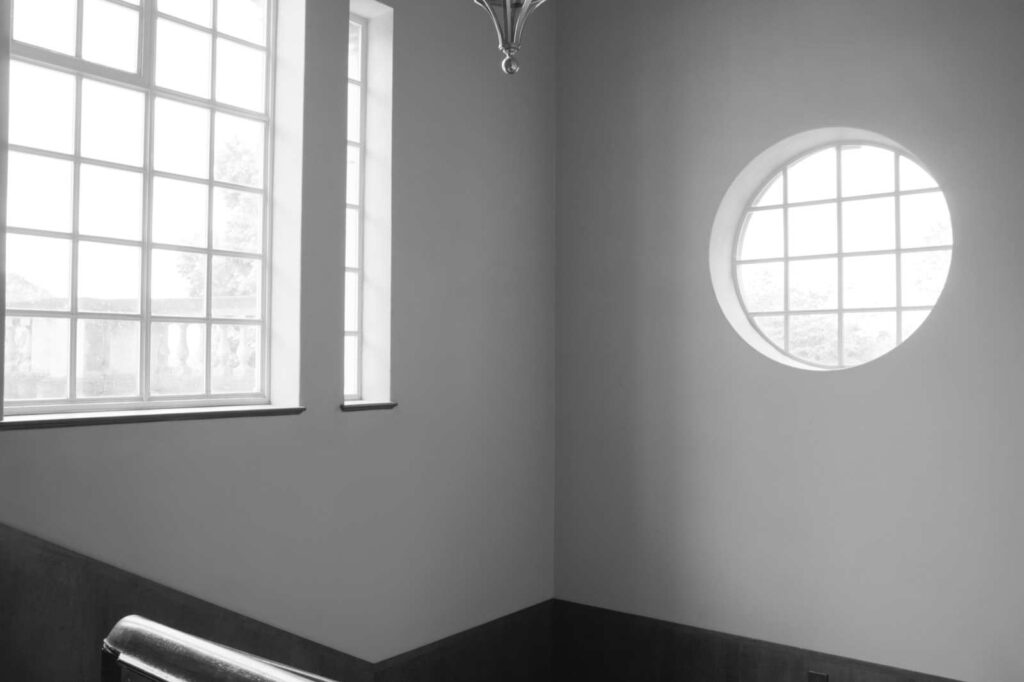
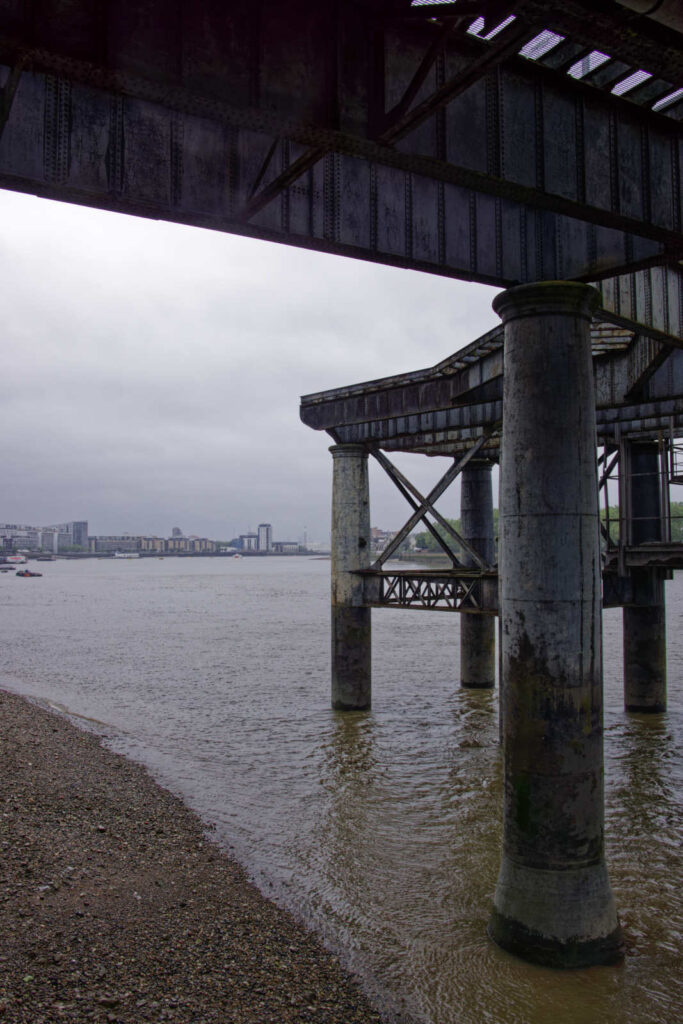
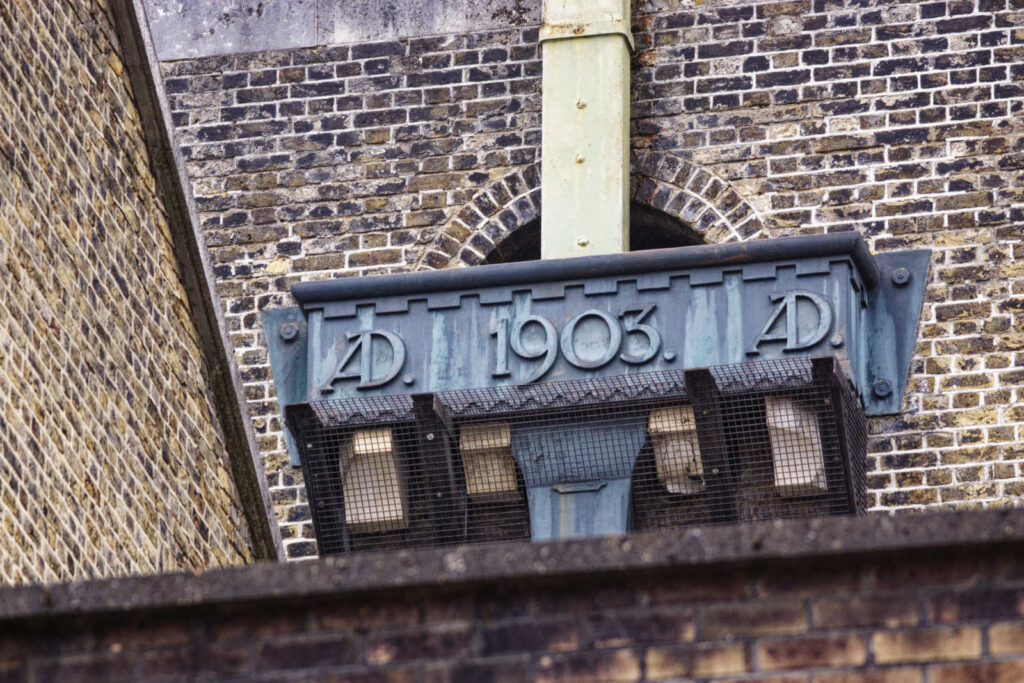
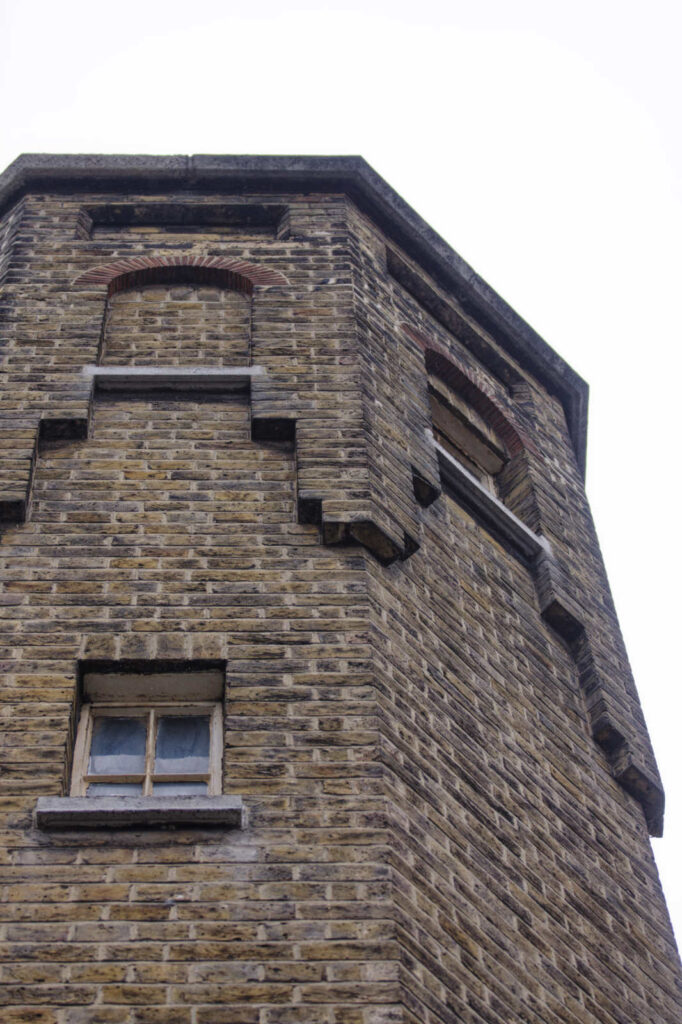
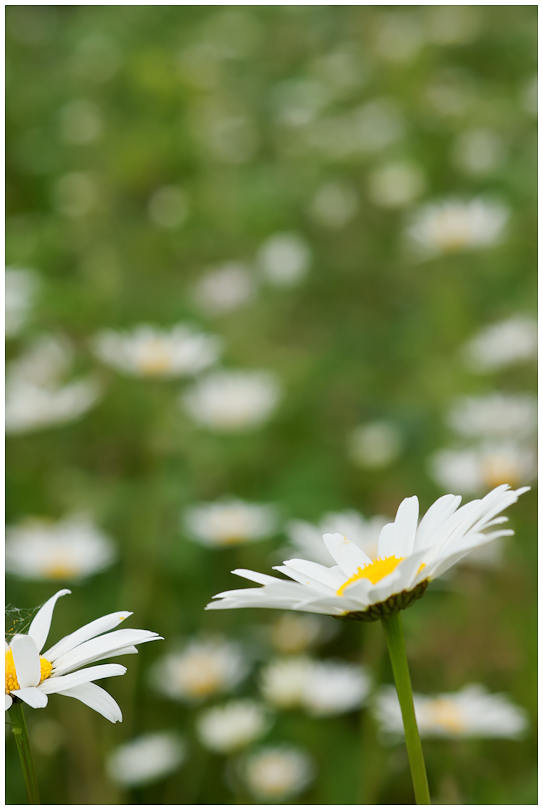
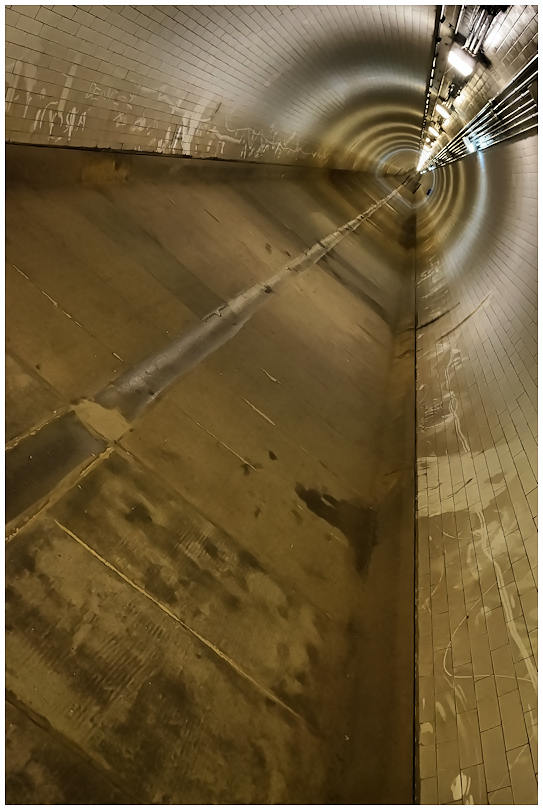
Summing up
When this camera was released it came fairly close to being my ideal digital camera. The only things it was lacking was a full frame sensor to be the true digital back for all my legacy manual focus lenses and some form of in-body image stabilization. Even without those features, well over a decade on, it is a highly versatile travel camera.
Mirrorless cameras boosted the second-hand prices of a whole range of lenses that had just too short a registration distance to be used on most digital SLRs. Unfortunately you can no longer pick up gems in the Minolta SR mount, Konica AR mount and Olympus Pen F mount for a song, as those lenses regained a whole new lease of life.
What Sony did next…
Sony dropped the NEX branding, but they ran with the Sony NEX-7 concept. Sony gave each mirrorless APS-C camera in their range a four-figure model number preceded by the alpha logo. So now thousand-series alphas are APS-C mirrorless models, while the hundred series ones were SLRs, with the double-digit cameras using phase detect focus via Sony’s SLT mirror. Single digit cameras are currently all full-frame mirrorless.
Although the Sony NEX-7 was discontinued some time ago, it has recognizable successors, headed up by the a6700, which now includes in-body stabilization. The ‘7’ badge is currently monopolized by the mainstream line of Sony’s full-frame E-mount cameras.
E mount seems to have gone from strength to strength and the range and diversity of lenses available from a host of manufacturers is quite impressive. This may be due in part to their getting in on mirrorless when they did but also possibly by their relatively liberal third-party licensing of the mount.
Share this post:
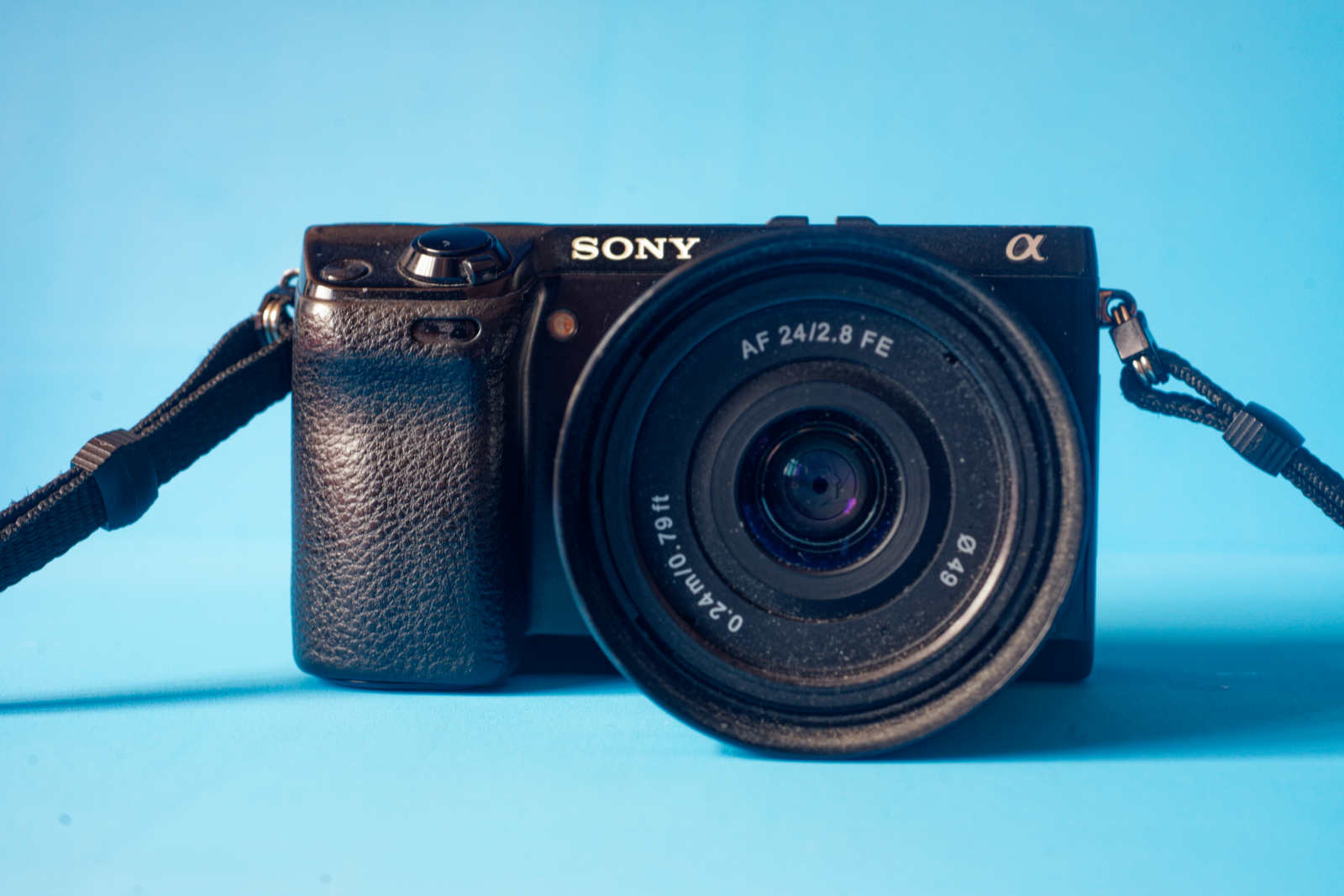
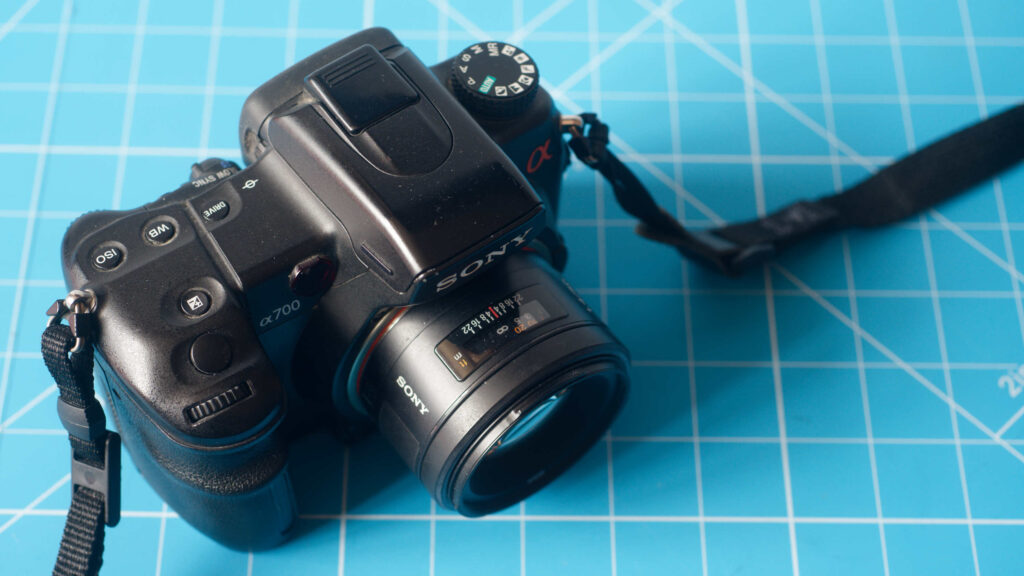
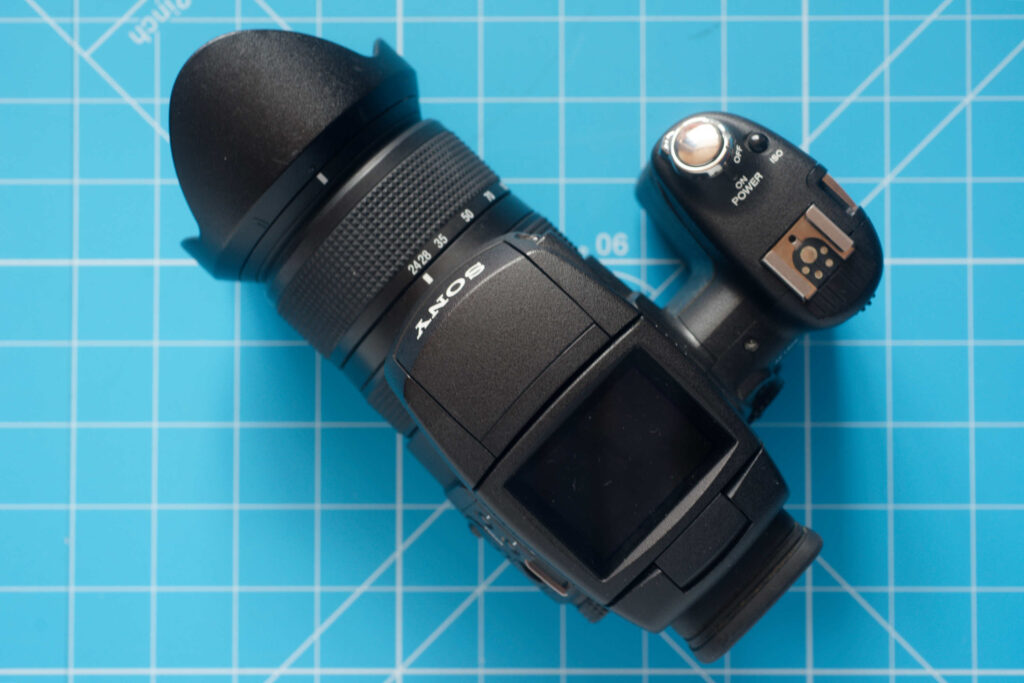
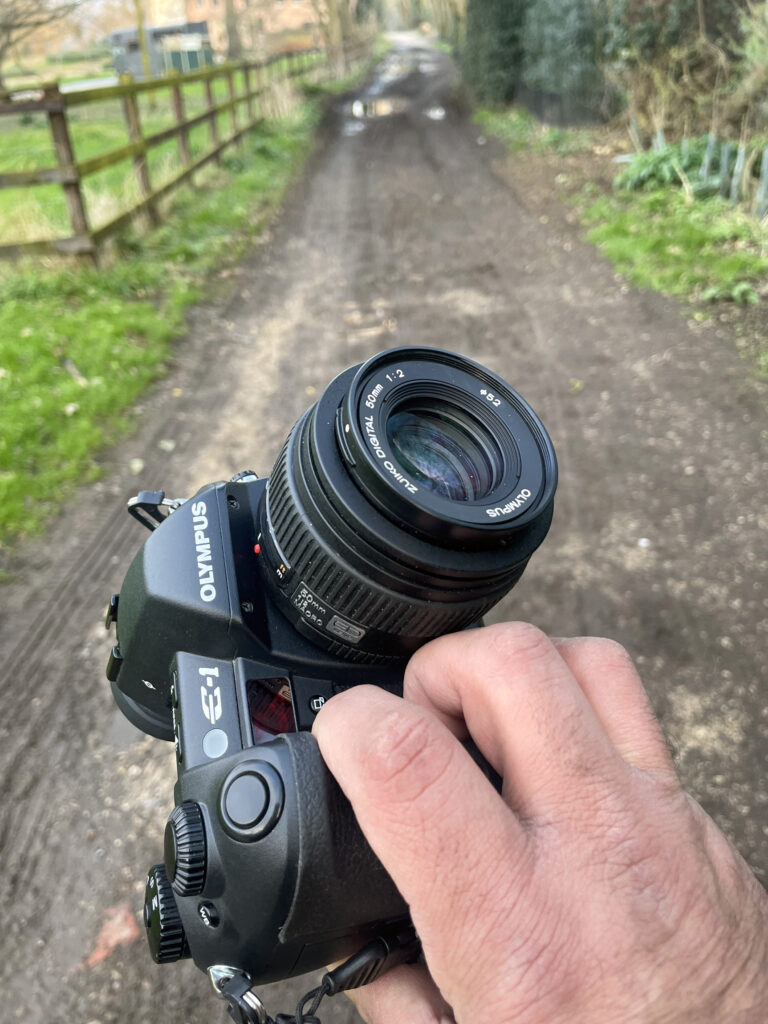
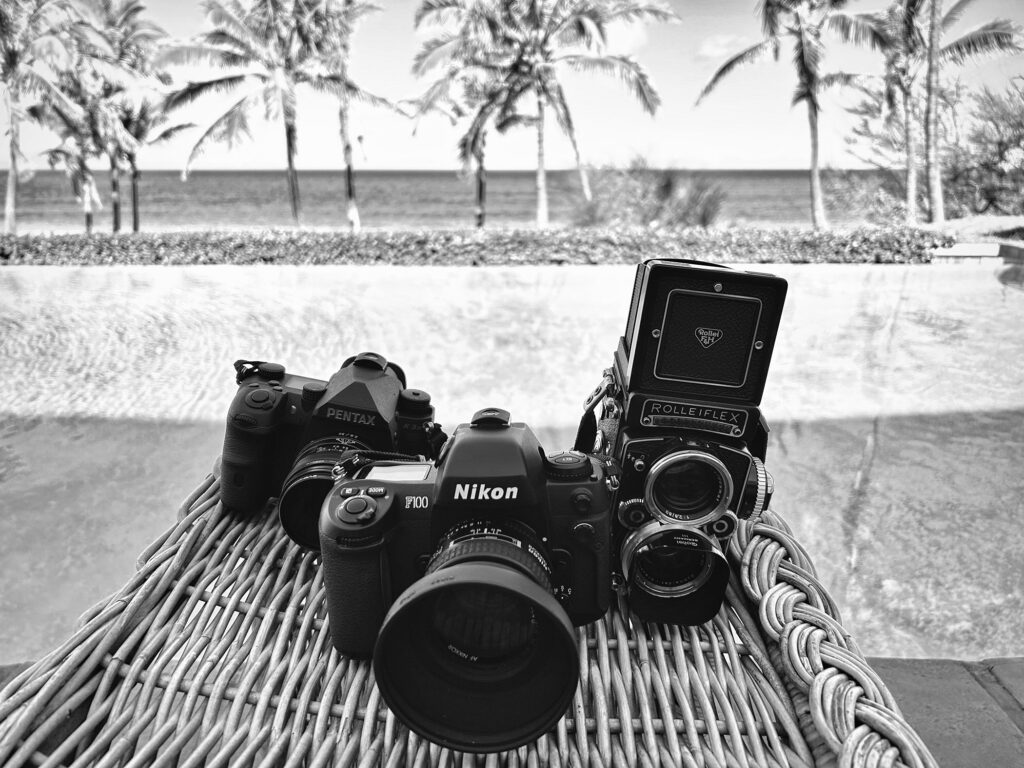




Comments
Ibraar Hussain on Sony NEX-7 from 2011 Revisited – Sony and APS-C – part 3 of 3
Comment posted: 26/07/2024
Who would’ve thought that the next would replace their DSLR at the time
Sony played it clever
Thanks again for this series !
Comment posted: 26/07/2024
Gary Smith on Sony NEX-7 from 2011 Revisited – Sony and APS-C – part 3 of 3
Comment posted: 26/07/2024
Comment posted: 26/07/2024
Comment posted: 26/07/2024
David Dutchison on Sony NEX-7 from 2011 Revisited – Sony and APS-C – part 3 of 3
Comment posted: 26/07/2024
The EVF is very smooth and reacts quickly to light changes, and the shutter has an very fast lock-time (faster than any DSLR). I had the same problem with that rubber grip panel, and I found the video button can be easily activated accidentally (I used to have a lot of 5 second videos of static shots culminating in a string of expletives).
I have two Nex-7s now, a backup devoted to the gentle world negative scanning until otherwise needed, and my daily shooter with a good Zeiss mid-range zoom mounted on it most of the time. Never felt any need to upgrade.
Comment posted: 26/07/2024
theangrymarmot on Sony NEX-7 from 2011 Revisited – Sony and APS-C – part 3 of 3
Comment posted: 27/07/2024
Comment posted: 27/07/2024
Tony Warren on Sony NEX-7 from 2011 Revisited – Sony and APS-C – part 3 of 3
Comment posted: 27/07/2024